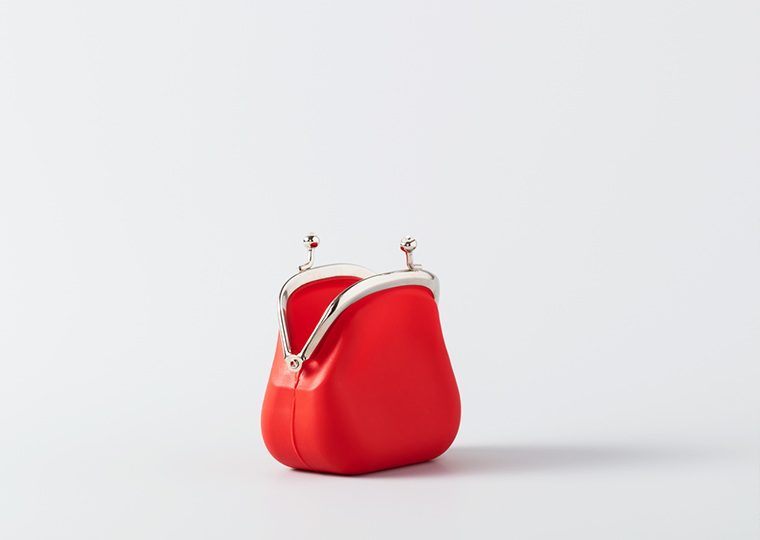Tax policy change triggers an incentive for lenders to be more aggressive
Bank lending to companies with iffy credit has more than doubled since the financial crisis. This is largely due to a ready market available for banks to offload their loans, reducing the risk carried on bank balance sheets. A yield-hungry institutional market in the age (until recently) of very low interest rates has been eager to buy up syndicated loans from less pristine, leveraged borrowers that pay higher yields. Leveraged loans now make up 43% of the syndicated loan market.
The evolution of the leveraged loan market from one in which banks held loans on their books to today’s model of packaging loans into marketable securities has come with a puzzling anomaly.
After a bank sells off most of a loan it originated, it would seemingly have less incentive to keep a close eye on the borrower, given that the bank’s exposure is fairly minimal; the salvage value in case of a default no longer justifies the costs incurred to perform credit monitoring. Yet that’s not what has happened. Banks have continued to ride herd on loans where they have little skin in the game.
Opt In to the Review Monthly Email Update.
In a working paper, University of Florida’s Sheila Jiang, UCLA Anderson’s Shohini Kundu and University of Florida’s Douglas Xu offer up an intriguing explanation for why banks may be incentivized to invest resources into monitoring borrowers’ financials despite their minimal exposure: payoffs from renegotiation. The authors test this mechanism by examining a 2012 tax policy change.
Kundu has been researching many facets of syndicated leveraged loan pools, known as collateralized loan obligations. Her past research includes a primer for the field and an explanation of the potential risk CLOs extend to the financial system; including how the loan covenants meant to contain risk can instead spread it. Kundu describes the change in tax policy as “a window for lenders to obtain a subsidy” and the researchers suggest this opportunity to create a payoff is what incentivizes lenders with small stakes to monitor their borrowers.
Tax Benefits Change Bank Behavior
The new tax policy, known as TD9599, was an unanticipated boon to the syndicated leveraged loan market. It came about as the IRS reviewed its tax definition of public debt, following the financial crisis. A result of the new policy is that it reclassified syndicated loans that were renegotiated out of court to be publicly traded debt. The government wanted to encourage out-of-court renegotiations over in-court liquidations and increased bankruptcies.
The reclassification to public debt is important because the calculation of taxes for a lender differs when their loan is considered public rather than private debt. For public debt, taxes are calculated as the difference between the market value of the newly renegotiated debt contracts and the original par value of the loan. This enables the lender to claim a tax credit for capital losses since the market value of a renegotiated loan is usually below the original par value. The tax credit lowered the net cost of renegotiation.
In addition to the tax credit, when a borrower is caught having tripped up on the terms of a loan and forced to renegotiate, the banks can ring up a new round of fees and increase the interest rate.
These factors result in an attractive payoff for the lender when a renegotiation is triggered. The researchers suggest the potential payoff is enough to motivate small stakeholders to perform monitoring, despite the cost. And, indeed, the researchers found that as loan renegotiation began to cost less, banks conducted more monitoring and sought to renegotiate terms more often. In a domino effect of benefits, the monitoring by the banks gives nonmonitoring institutional investors the confidence to participate in the loans and this, in turn, enables more borrowers with riskier profiles to land loans.
To test the impact of TD9599 on bank loans, the researchers collected balance sheet and income statement data from the Reports of Condition and Income (Call Reports). Details on loan contracts were gleaned from Loan Pricing Corporation and the DealScan database. And information on loan covenants came from Thomson Reuters SDC Platinum. Compustat was also used to track borrowers’ financial outcomes.
Exclusive Rights To Monitor and Renegotiate
Jiang, Kundu and Xu’s first step in their framework for understanding how the change in the tax policy impacts the leveraged loan market was to identify split control agreements as a proxy for banks holding smaller stakes in the loans they originated. In split control deals, banks average a 22% stake in their loans compared with an average 71% stake in nonsplit control deals.
Split control agreements give banks the exclusive right to monitor and renegotiate financial covenants for the loans — meaning institutional investors do not play a part in loan renegotiations. This structure makes it more convenient for the small stakeholders in the split control agreements to engage in renegotiation, increasing their incentive to monitor and force renegotiations compared with the larger stakeholders in nonsplit agreements.
The researchers’ framework next conducted statistical analysis on the contractual design and performance of the loans between the two groups and also on the loans that were issued before and after the change in tax policy since the policy was applied retroactively to loans issued before 2012.
Seeing the Difference
In their findings the researchers contend that “split control deals are 12.4 percentage points more likely to undergo at least one renegotiation and amendment during the loan contract period compared to nonsplit control deals.” Nonsplit control deals also appeared to increase their monitoring activities after the tax policy, but it was the lenders in the split control deals that reacted more aggressively. They were more likely to renegotiate loan terms to speed up borrower repayments, increase interest rates and charge more fees compared with the banks in the nonsplit control group.
Bank Profits and Capital Positions Improved
Jiang, Kundu and Xu also suggest that the smaller a bank’s stake in a loan, the more sensitive they are to their ability to renegotiate terms and to the costs of renegotiating. Likewise, the higher the payoff the lender can expect from renegotiating a loan, the greater their incentive to monitor the borrower.
After the change in tax policy, split control lenders in comparison to nonsplit control lenders experienced higher return on assets, lower loan defaults and a stronger capital position.
Finally, to provide evidence that these changes were actually due to increased monitoring by lenders in the split control group, the researchers created measures of lender monitoring and found that lenders holding smaller stakes were more likely to require that the borrower deliver financial statements and requested field examinations more frequently than the lenders holding larger stakes in the nonsplit control group.
Their research suggests that the lower cost of loan contract renegotiation created by the change in tax policy provides monitoring incentives for lenders holding smaller stakes in their loans. These results could encourage future public policy to ensure the lowering of costs for loan contract renegotiations.
Featured Faculty
-
Shohini Kundu
Assistant Professor of Finance
About the Research
Jiang, S., Kundu, S., & Xu, D. (2022). Monitoring with Small Stakes: Evidence from Leveraged Loans. Available at SSRN 4271851.






